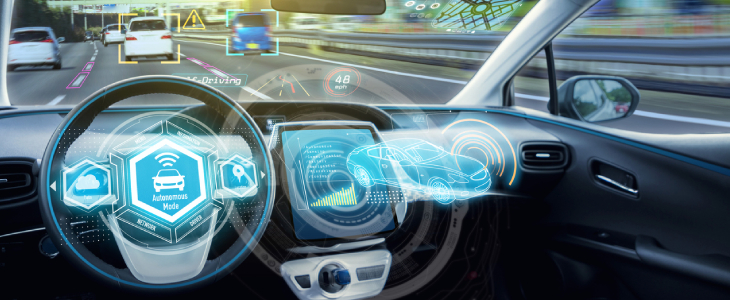One of the primary reasons is simple: They have already proven safer than distracted, fatigued and preoccupied motorists who too often disobey traffic laws and seldom have enough time to get where they are going safely.
The coming changes to our daily commute will have a significant impact on injury law and your right to compensation following a traffic collision in Woodland Hills. For one thing, compensation often hinges on an at-fault party’s duty of care under the law. For another, it will force injury law firms to pursue the large corporations deploying this technology, in addition to at-fault motorists and their insurance companies.
Forbes reports: “As novel as they are today, these vehicles may be the only way to stop distracted driving.” Experts are predicting a 90-percent reduction in traffic collisions, with full deployment of self-driving cars coming by 2030.
Autonomous cars have the potential to prevent all types of collisions
Deployment of self-driving cars would reduce the risk of virtually all types of traffic collisions, including drunk driving, fatigued driving, and poor decision-making at intersections. But perhaps nowhere will it have a bigger impact than on the risks of distracted driving. It’s already illegal to text and drive in 47 states, California included. Many other states place additional restrictions on young drivers or forbid the use of hand-held cell phones behind the wheel. California distracted driving laws are among the strictest in the nation.
Still, we continue to see evidence that more work is needed on this front.
The Los Angeles Times reported the number of people killed in traffic crashes in L.A. was 43 percent higher in 2016 than in the previous year. Crashes in early 2017 were 22 percent higher than in 2016.
Sharing the road with human motorists is difficult for self-driving cars
One of the primary challenges of deploying this technology is accounting for risks caused by humans doing the unanticipated, including motorists, pedestrians, cyclists, and emergency vehicles.
This is not to say that the deployment of such cutting-edge technology will not produce unforeseen consequences and liability on the part of the manufacturers. Wherever there is a profit motive, there is a risk of consumers being taken advantage of or otherwise harmed. But the biggest risks come from fellow motorists, and such risks have increased substantially with the economic recovery.
So, while all of the risks of self-driving technologies are not yet known, it’s easy to see why safety advocates see the reduction of human error as the path to significant improvement. Motorists concerned about road safety would do better to look inward and resolve to be better drivers in 2018, rather than worrying about the risks of new technology approaching in the rear-view mirror.
If you have been injured as a result of another driver’s negligence, you need to speak with an experienced auto accident attorney who can discuss your options.

